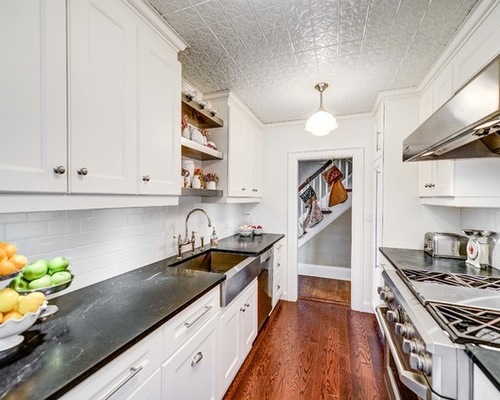Whether you want to use less energy to reduce your carbon footprint or your monthly costs, there are plenty of easy ways to conserve the electricity and natural gas you’re using in your home. Energy conservation can be as simple as closing your curtains, changing a light bulb, turning down your thermostat, or closing the fireplace damper. Many of the most inexpensive solutions quickly pay for themselves in conservation, which you ultimately benefit from when you get your power bill.
Do Your Chores During “Off Peak” Hours
One of the biggest ways you can conserve energy is to take advantage of “off-peak” hours. This is a step that everyone can take because it simply involves shifting your use of major appliances, such as ovens, washing machines, dryers, and dishwashers, to a time when the demand on the power supply is lower.
Check with your power company to see if they have peak hour rate changes and adjust your schedule as you can to do your laundry and dishes during the off-peak times.
And when it’s time, upgrade your large appliances to Energy Star products for the most efficient and use of your power.
Small Changes in Your Laundry Cycle
Another way you can save energy is by washing your clothes in cold water and only running full loads. This reduces the need for your machine to heat the water and has the double benefit of keeping your clothes in good condition for longer, further reducing your textile waste when you don’t have to replace your clothes as often.
To speed up the clothes drying process, add a dry towel or two to your machine to soak up excess moisture. Another option is wool dryer balls which not only help clothes dry faster, but you can also add drops of your favorite essential oils in place of single-use dryer sheets, which cause dust build up in your dryer vents and add to the landfill.
It’s also important to keep to a maintenance schedule with your washer and dryer. Clear out the lint trap after every load and make sure the dryer hose and vent are clear. Clean the filter on your washer once a month to keep things running efficiently.
More: Saving in the Laundry Room
Heating and Cooling Tips
Heating and cooling systems account for almost half of home energy consumption but luckily there are several easy ways you can reduce your home’s demand.
Conventional measures, such as setting back your thermostat, are effective at lowering your energy use and costs. In fact, the Department of Energy estimates you can save 10 percent on your power bill if you turn your thermostat temperature down by 10 degrees for eight hours a day. Here are a few ways you can reduce energy consumption and save money:
- Experiment with the temperature that you’re most comfortable with to determine if you can keep your thermostat set to a lower temperature.
- Set a schedule on your thermostat to change the temperature of your home when you’re asleep or not home, in the winter set it lower, in the summer set it higher.
- Close your blinds and shades to keep the air from escaping through the windows, and to keep the sun from heating up the air inside your home.
- Keep the fireplace damper closed unless you have a fire burning. Leaving the damper open can cause drafts and heat loss throughout your house.
It’s also important to keep your HVAC system clean and maintained. Change your furnace filter frequently, clear out any dusty ducts, and keep the air in your home clean with air purifiers. Doing so will enable your heating system to run more efficiently and be more cost-effective.
Update Your Lighting
It’s estimated that lighting accounts for 15 percent of your overall home energy bill, so another way you can conserve, other than turning the lights off when you leave a room, is by using energy-saving light emitting diodes (LEDs).
LEDs use about 90% less energy and last up to 25x longer than incandescent lightbulbs. They’re available in a number of shapes, sizes, and tones, making it an easy replacement for almost any bulb in your home. When shopping for LEDs, look for those with the Energy Star label on them—this ensures that you’re purchasing a product that has been approved by the U.S. Environmental Protection Agency (EPA) and the U.S. Department of Energy (DOE).
More: How to Find the Right Lighting For Your Home
For more information about energy conservation, please visit www.energystar.org.
Originally Posted by Meaghan McGlynn
 Facebook
Facebook
 X
X
 Pinterest
Pinterest
 Copy Link
Copy Link























